The following tables show standard dimensions for keys and their grooves.
The following tables show standard dimensions for keys and their grooves.
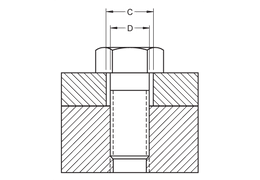
Clearance hole chart for inch bolts and screws according to ASME B18.2.8

One of the earliest forms of comparison. The pigment/binder ratio is the weight ratio of the sum of the pigments (pigments and fillers) to the binder solids.

Visit the DisperseTech booth #201 at the Eastern Coatings Show November 17-19, 2021.
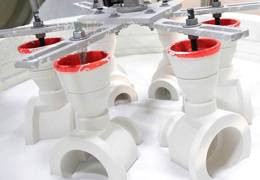
To produce the best quality dispersion in the least amount of time, an investment casting dispersion blade must be a durable high-shear blade.
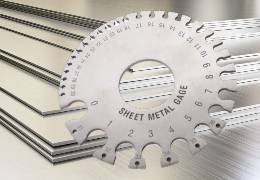
Sheet Metal Thickness is reported in gage. Our Gauge Chart provides both fractional and decimal thickness of sheet as well as weight per sq ft.
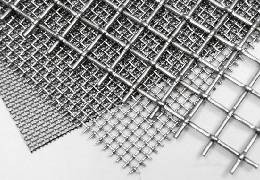
Screen mesh indicates openings/inch, wire diameter differences between Market Grade and U.S. Standard Mesh results in changes in opening size and open area.
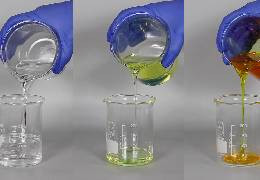
Viscosity Conversion table comparing some of the typical viscosity scales used in Paint and Coatings including: Poise, Stokes, Ford Cup, Zahn Cup, and Krebs

The point where there is just sufficient binder present within a paint to cover each extender particle with a thin layer and fill all voids between particles.

One of the earliest forms of comparison. The pigment/binder ratio is the weight ratio of the sum of the pigments (pigments and fillers) to the binder solids.

The ratio of the volume of pigment to the volume of total nonvolatile material present in a coating. The figure is usually expressed as a percentage.
Latest comments